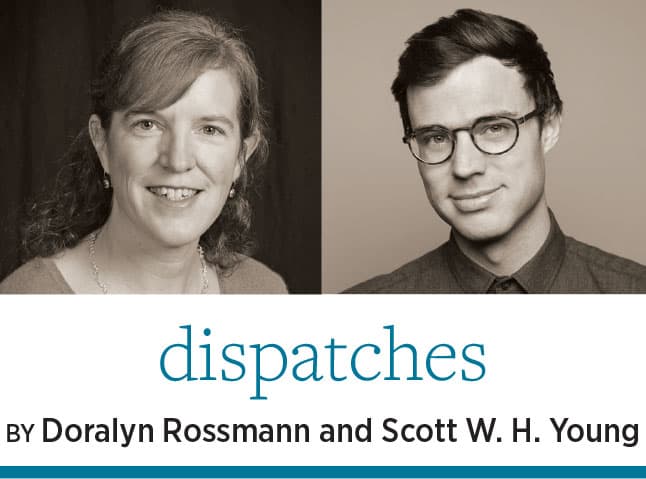
Social media can be an effective tool for building and engaging community. By following the five principles of social media optimization, your library can become an active voice in a thriving community.
Create shareable content
Creating meaningful web content for sharing on social media can lead to increased website traffic and community growth. Shareable web content is defined by two key characteristics: It’s published on the web at a unique URL, and it’s relevant to the community. Your library has probably already published many forms of share-ready content, including items from your digital collection, blog posts, institutional repository items, email newsletters, videos, or staff directory pages.
We suggest looking to major national libraries for inspiration, as they often have robust digital content that is well-suited for sharing. For example, New York Public Library’s Public Domain collection features more than 180,000 digital objects and is free to access, share, and reuse through social networks.
Make sharing easy
Add social media links on your webpages in a way that users can easily share library content with others. These links usually consist of a small icon associated with the platform. When clicked, the platform opens with prepopulated content for the user to post. These shares should include your organization’s social network account name, a title for the content, and a simple URL. Each social network manages shared content in a different way. You can look at Facebook, Twitter, and Pinterest’s developer sites for guidance in customizing these buttons.
Reward engagement
Rewarding engagement involves actively listening to your community on social networks and recognizing users who engage with your library and its resources. For example, you can discover user-shared library content, such as digitized historical photographs, through Twitter Analytics. This gives you the chance to like the post, make a comment, and reshare with your Twitter followers. By regularly monitoring analytics and responding to posts, you strengthen connections with users and show that your library is listening.
Add links on your web pages in a way that users can easily share library content with others.
Proactive sharing
Libraries can be the best promoters of their own material and services by following an intentional and well-planned approach to sharing. Geotagging is a useful way to promote library-related activities wherever they occur. Your library can geotag any photograph it posts to Instagram, Facebook, or Twitter. This will offer many opportunities for creativity by gamifying geolocations through treasure hunts or check-ins, or by asking users to share location-specific pictures related to library promotions. Anyone searching for this promoted geotag will get a broad overview of library activities, and the library can identify other posts in the same location to reshare as appropriate.
Measure use, encourage reuse
You can apply web analytics along with user feedback to evaluate your networking activity, with success measured by community growth, community engagement, and connectedness. To measure community growth, you can record how many members like or follow you on each social network at the beginning of each month. You can then use that data to calculate the percentage of change over time. Focus groups and online surveys are a good way to evaluate connectedness, and analytics available through Google, Facebook, and Twitter are useful for measuring engagement. This data can be used to inform your social media strategy. You can also cultivate a culture of sharing by posting content that has been marked for reuse with a Creative Commons license, as well as through interactive web applications and content promotions.
Social media optimization offers a flexible framework for creating and sharing content through social networks. By following these five principles, you can build an engaged community of library users and connect those users with your collections, services, and staff.


